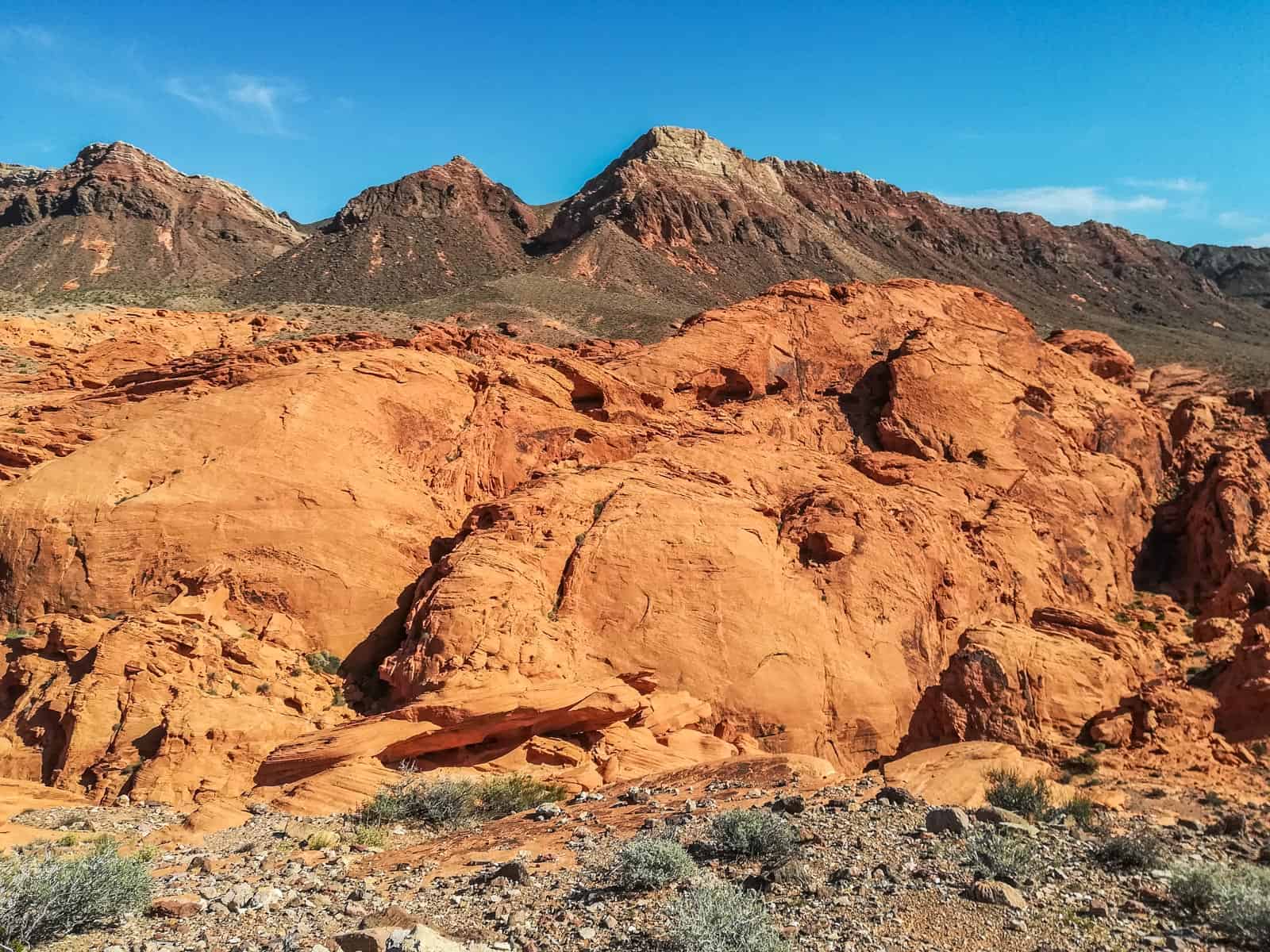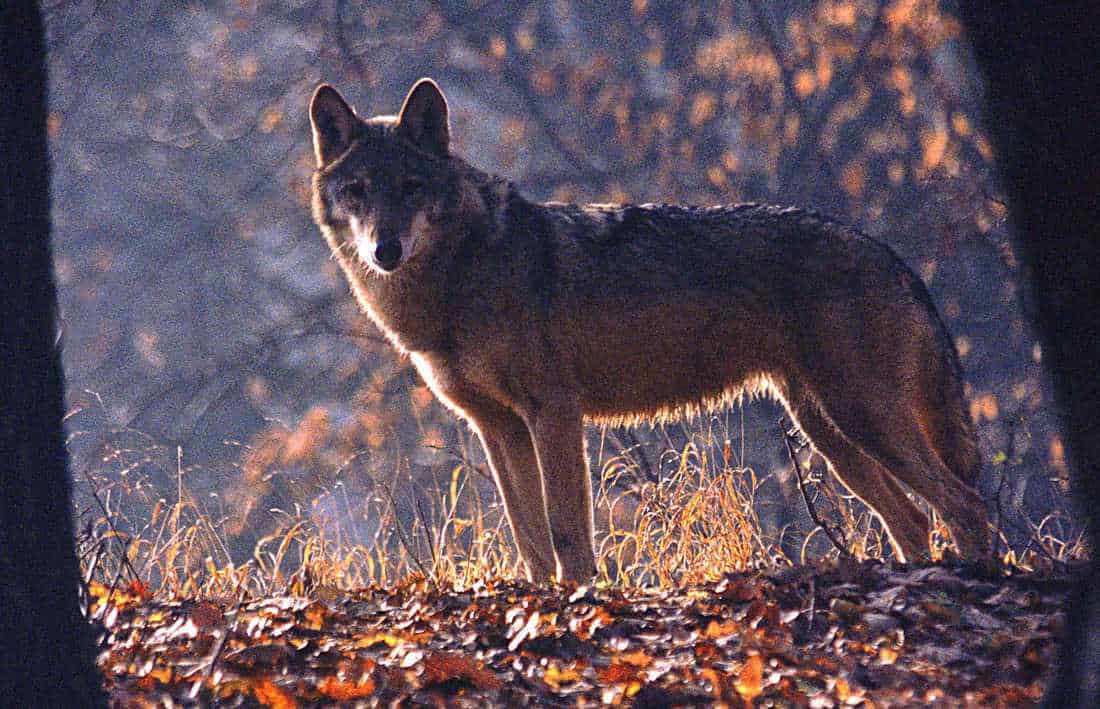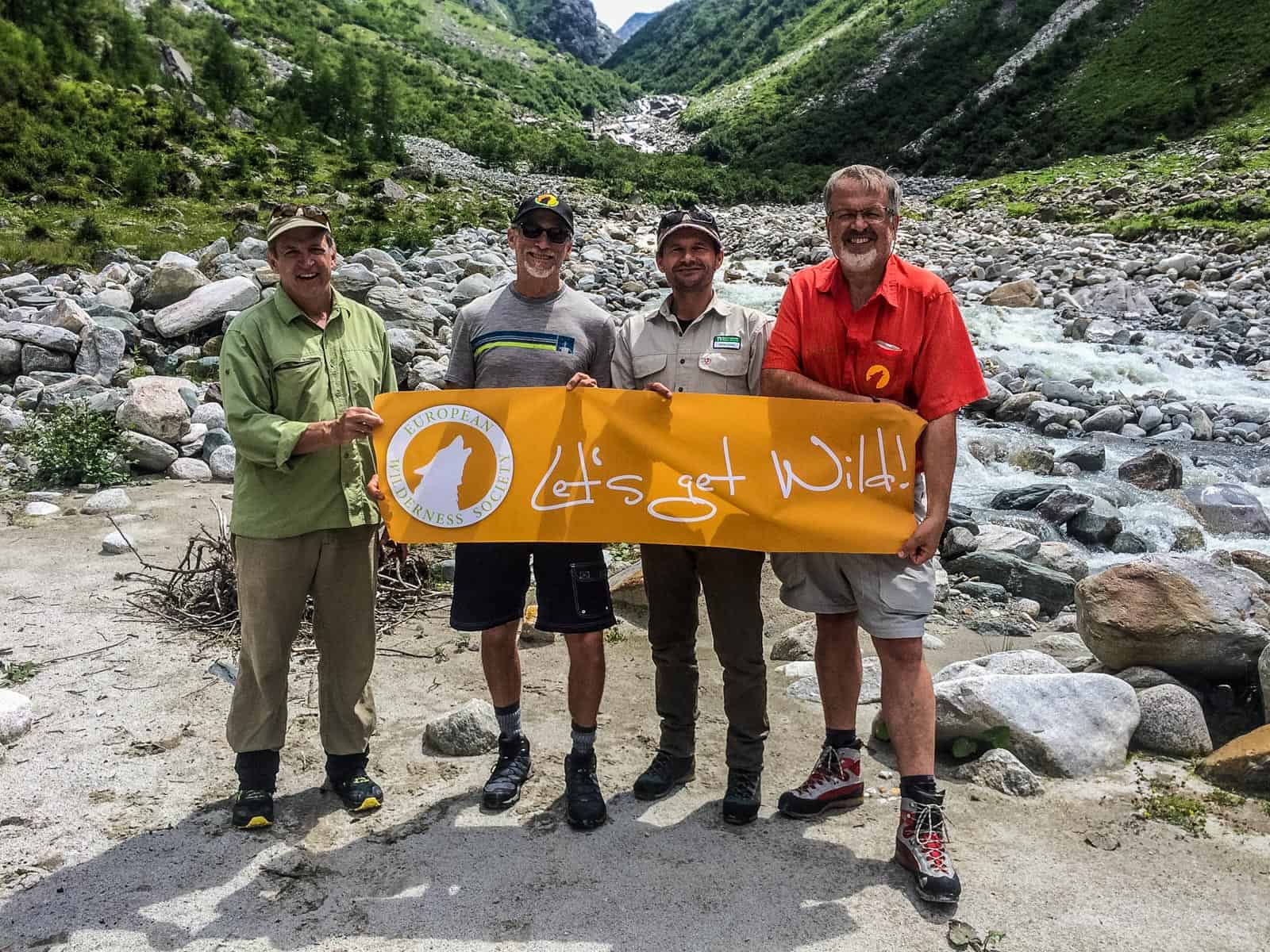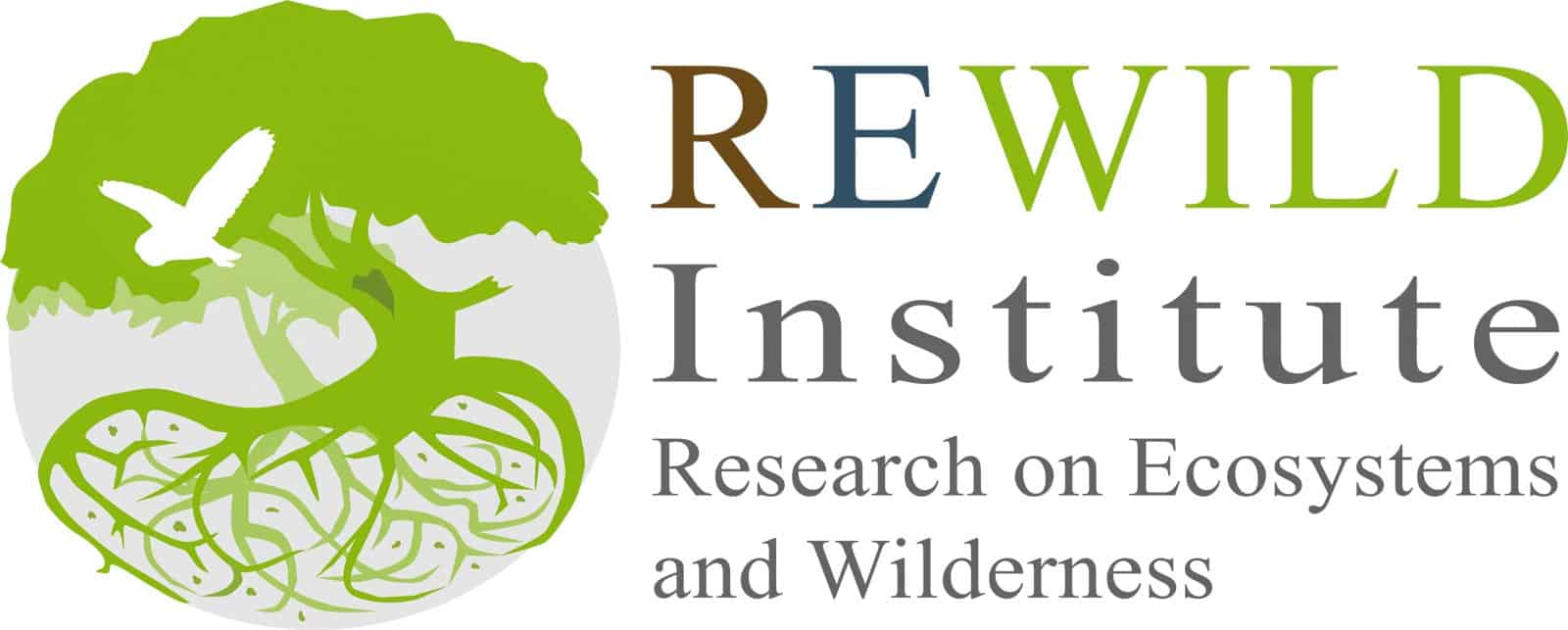Desertification: a threat closer than you think
Today, 17th of June, is the World Day to Combat Desertification and Drought. While the term may bring to mind the windswept sand dunes of the Sahara or the Kalahari, it is an issue that reaches far beyond those living in and around the world’s deserts. It is threatening the food security and livelihoods of more than two billion people globally, also in Europe. Today we will have closer look on the issue and learn what can be done to avoid worst case scenarios.
What is desertification?
Desertification does not literally mean the expansion of deserts. Rather it is a catch-all term for land degradation in water-scarce parts of the world. Scientists also refer to it as a process of reduction in the productivity of the land that is not reversible. This includes the permanent decline in quality of soil, vegetation, water resources or wildlife, for example.
When the soil degrades
To understand what we can do about the problem, we first have to look at the numerous ways in which the land can degrade. One of the main processes is erosion – the gradual breaking down and removal of rock and soil. This is typically through some force of nature such as wind, rain and/or waves. But it can be exacerbated by activities including ploughing, grazing or deforestation.
The loss of soil fertility is another form of degradation. This can be through a loss of nutrients, such as nitrogen, phosphorus and potassium, or a decline in the amount of organic matter in the soil. On farmed land, this inevitably needs to be replaced through fertilisers that cause further problems such as acidification of soils or biodiversity loss.
Then there are lots of other processes that are classed as degradation, including a loss or shift in vegetation type and cover, the compaction and hardening of the soil, an increase in wildfires, and a declining water table through excessive extraction of groundwater. But overall land degradation is almost always the result of multiple interacting causes, whereas underlying causes also include economic, demographic, technological, institutional and cultural drivers.
Local and global impacts
Of course, none of these drivers act in isolation and climate change speeds up the process even further. It interacts with the other human drivers of degradation, such as unsustainable land management and agricultural expansion, that cause or worsen the situation. Greenhouse gas emissions increase and biodiversity decreases. It also means there are fewer wild spaces to buffer zoonoses, such as COVID-19. Protection from extreme weather events, such as droughts, floods, and sand and dust storms might also be lost.
You might be asking yourself: but what areas of the world are most affected? Desertification is a process affecting arid, semi-arid and dry sub-humid areas. These dryland ecosystems cover over one third of the world’s land area. However, they are extremely vulnerable to overexploitation and inappropriate land use. The following map shows their distribution.

Source: IPCC Special Report on climate change and land, Chapter 3)
Desertification also in Europe
In Europe, Spain, Portugal, Italy, Greece, Cyprus, Bulgaria and Romania are and will be particularly affected by desertification. Therefore, they are more likely to lose natural resources in the coming years. The increases in temperatures, droughts, and less precipitation has made southern Europe already vulnerable to problems such as lower food production, soil infertility, decreases in the land’s natural resilience, and reduced water quality. Spain is the most worrying example. According to the National action programs (NAPs) for the United Nations Convention to Combat Desertification (UNCCD) about 74% of Spain is at risk of desertification and 18% at high risk of becoming irreversibly desert. For a country that relies heavily on agricultural production and acts as supplier for many other countries, these are grim predictions.
The good news is that there is scope for action. In addition to fighting climate change, countries can make a difference by regulating certain irresponsible human activities. Most important: the overuse or inefficient use of water. Another focus has to be on ecosystem restoration: turning degraded land into healthy land. This creates also economic resilience and jobs, raises incomes and increases food security. Furthermore it helps biodiversity to recover. And it locks away the atmospheric carbon warming the earth, slowing climate change.
The UN just initiated the decade on ecosystem restoration to facilitate collaborations on the issue and spread awareness. And the World Day to Combat Desertification and Drought is observed every year to promote public awareness of international efforts to combat desertification. Thus, we invite you to share this with a friend or colleague. Eventually, the day is a unique moment to remind everyone that land degradation neutrality is achievable through problem-solving, strong community involvement and co-operation at all levels.









This is super important information! Thanks for sharing.